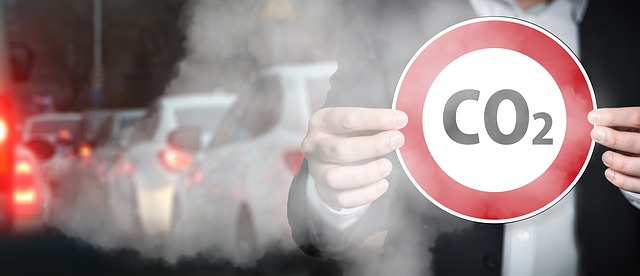
What are the differences between the three Carbon Emission Scopes?
When it comes to understanding the best way to develop an energy strategy, it is essential to first know about the different emission scopes. The Greenhouse Gas Protocol (GHG) lays out three defined scopes of emissions. These are defined based on where the emissions have been sourced, and the level of control for changing the overall emission levels. Getting a good grasp on these can help you to develop a robust energy management strategy for businesses of all sizes – so keep reading to find out more.
What is scope 1 carbon emissions?
Scope 1 carbon emissions are the emissions caused directly by your organisation due to your activities. This can include boilers, vehicles, tools and more. The four categories central to scope 1 cover a range of greenhouse gas emissions – stationary combustion, mobile combustion, fugitive emissions and process emissions. You should enter these as scope 1 emissions into your GHG inventory and list it with the direct source. These emissions are the easiest to address, as you can link them to a source and then revolve your energy management strategy around this.
What is scope 2 carbon emissions?
Scope 1 and scope 2 carbon emissions are different in several ways. Scope 2 emissions are classed as those which are caused indirectly by your organisation based on your utilities. Daily usage such as your electricity, heating and cooling, and steam fall under this scope and can vary based on who provides your utilities. For example, some utility providers actively work to reduce their own emissions and to provide you with the “greenest” option. If you are making a purchase from your utility provider, your GHG inventory will show this as a scope 2 emission.
What is scope 3 carbon emissions?
Scope 3 carbon emissions are indirect greenhouse gas emissions resulting from the organisation’s operations. They also can be described in value chain terms as upstream and downstream activities. Examples of upstream Scope 3 emissions sources are business travel by means not owned or controlled by an organisation, waste disposal and purchased goods & services. Examples of downstream Scope 3 emissions sources are processing of sold products, use of sold products and the end-of-life treatment of sold products.
How Energy Impact can help
Energy management can be challenging in several ways, and sometimes you need guidance from a specialist. If you are dealing with emission issues and wish to gain a deeper understanding of emission scopes as laid out by the GHG, then Energy Impact can help. We are experts in the energy sector and can help to assess your issues and how your business can solve them in a way that will have benefits for both you and the environment. Get in touch to find out more about our consultancy services.
Image source: Pixaby
Search the Blog
Oops! We could not locate your form.

